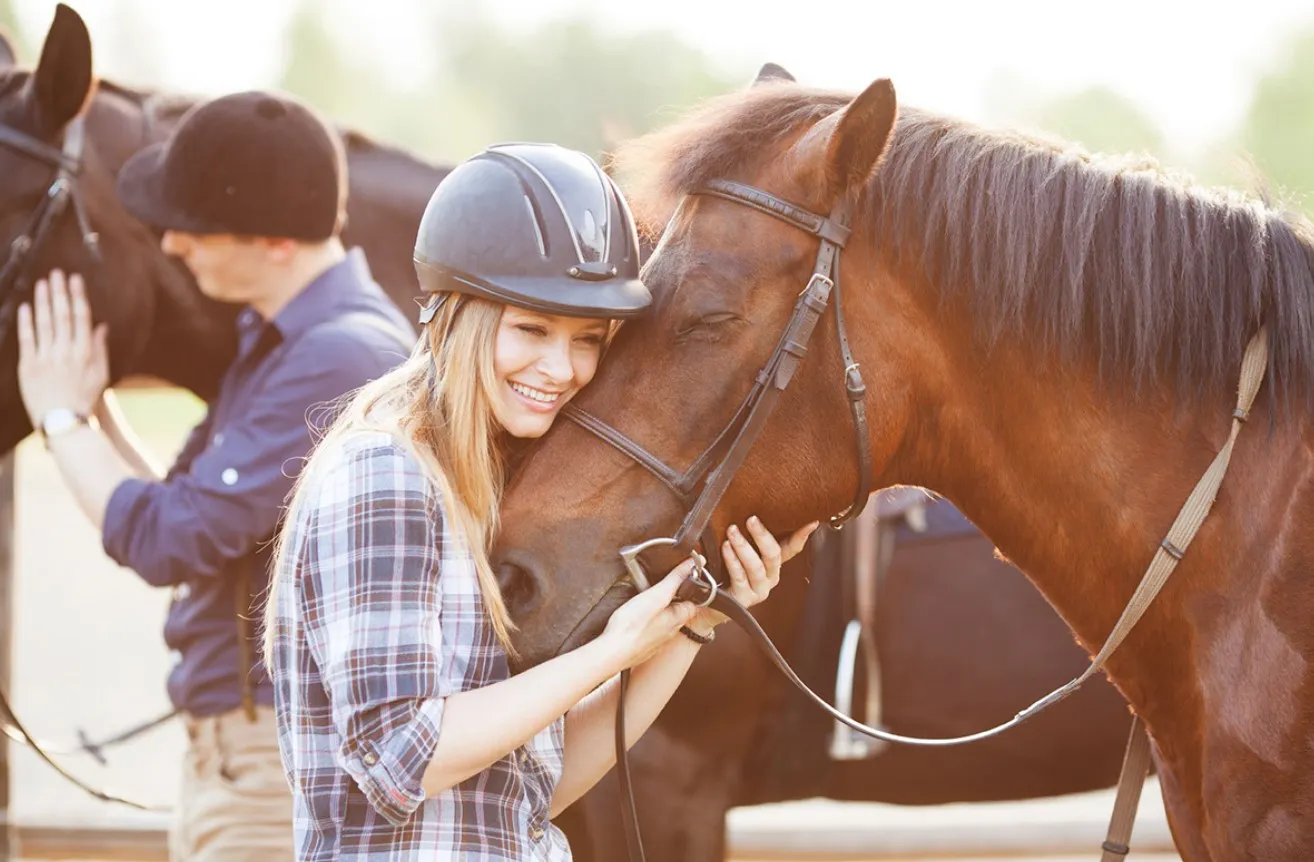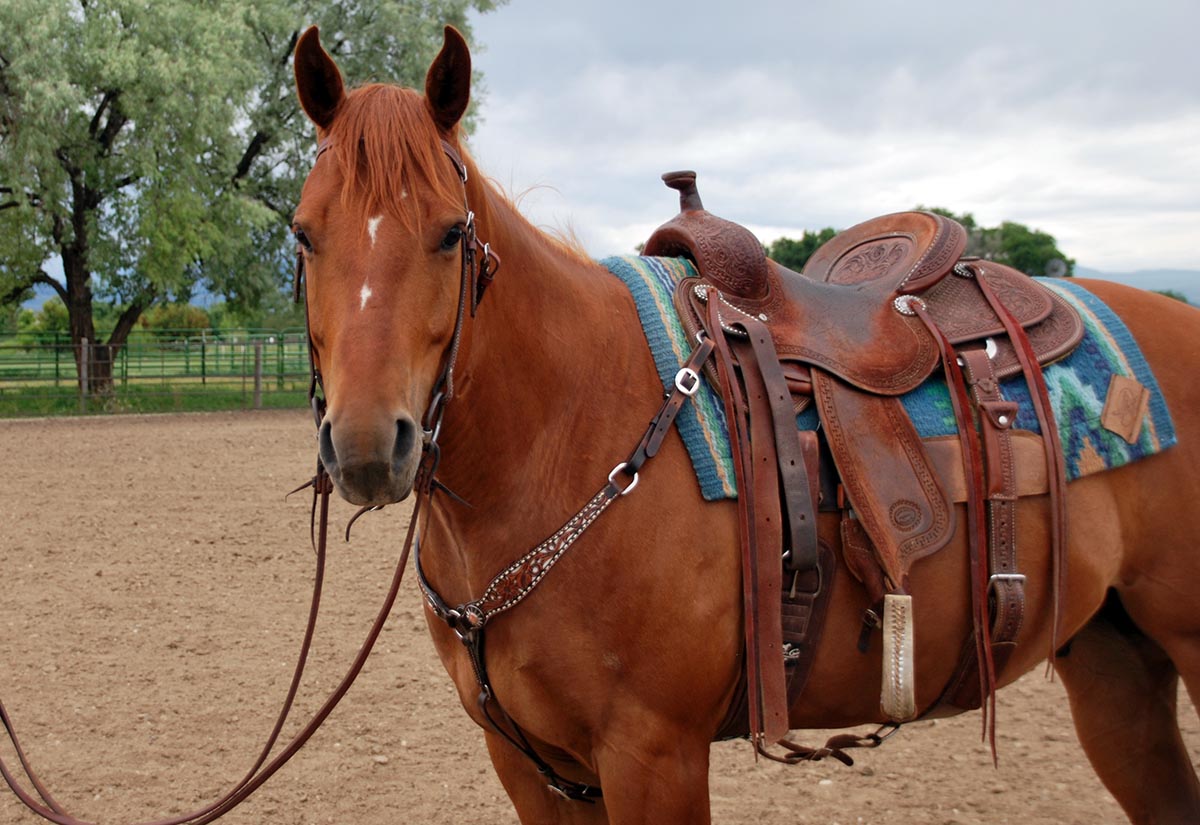Learning how to saddle train a horse is an essential skill for any horse enthusiast. This process not only ensures a comfortable ride for you but also guarantees the comfort and safety of your horse. Saddle training is a step-by-step approach that requires patience, understanding, and consistent practice. In this article, we’ll guide you through the entire process, from understanding your horse’s behavior to mastering the techniques needed for successful saddle training.

Understanding Your Horse
Know Your Horse’s Temperament
Before embarking on the journey of saddle training, it’s crucial to understand your horse’s temperament. Horses, like humans, have unique personalities, and recognizing these traits can significantly aid in training. Observing your horse’s behavior during daily activities can provide valuable insights.
Building Trust
Trust is the cornerstone of any successful horse training endeavor. Spend time with your horse, engage in grooming, and perform regular groundwork exercises. Trust-building is an ongoing process that sets a solid foundation for more advanced training. For more tips on gaining a horse’s trust, you can visit this guide.
Preparing for Saddle Training
Gathering the Right Equipment
Having the proper equipment is vital for effective saddle training. Ensure that you have a well-fitted saddle, bridle, and halter. An ill-fitting saddle can cause discomfort and impede training progress.
Creating a Safe Environment
Choose a safe, enclosed space for training. This will minimize distractions and reduce the risk of accidents. A round pen or an enclosed arena is ideal for initial training sessions.
The Saddle Training Process
Introducing the Saddle
The first step in saddle training is acquainting your horse with the saddle. Start by allowing the horse to sniff and inspect the saddle. Gradually place the saddle on the horse’s back without securing it. This gentle introduction helps the horse get used to the new sensation.
Properly Securing the Saddle
Once your horse is comfortable with the saddle, begin the process of securing it. Start by gently tightening the girth. Observe your horse’s reactions and ensure that it remains calm and relaxed.
Groundwork Exercises
Groundwork exercises are essential in reinforcing saddle training. These exercises help the horse understand commands and improve coordination. Consider leading your horse in a walk or trot while it wears the saddle. For more information on groundwork, explore this resource.
Advanced Saddle Training Techniques
Rider Introduction
Once your horse is comfortable with groundwork, it’s time to introduce a rider. Start by mounting slowly and ensuring the horse remains calm. Encourage the rider to maintain a relaxed posture to promote a comfortable experience for both horse and rider.
Trail Desensitization
Trail desensitization is a vital aspect of advanced saddle training. Exposing your horse to various environments and obstacles helps build confidence. For an in-depth look at trail desensitization, check out this article.
Overcoming Common Challenges
Dealing with Resistance
Resistance is a common challenge in saddle training. Understanding the root cause of resistance, such as fear or discomfort, is crucial. Address these issues patiently and adjust your training methods accordingly.
Recognizing Signs of Discomfort
Horses communicate discomfort through body language. Learn to recognize signs such as tail swishing, ear pinning, or excessive head tossing. These indicators can help you identify and address any issues promptly.
Maintaining Progress
Consistent Training Sessions
Consistency is key to successful saddle training. Regular training sessions help reinforce learned behaviors and build muscle memory. Aim for short, focused sessions to maintain your horse’s interest and cooperation.
Monitoring Your Horse’s Health
A healthy horse is more likely to respond positively to training. Ensure regular veterinary check-ups and maintain a balanced diet for your horse. This proactive approach supports overall well-being and enhances training outcomes.
Additional Resources
For further reading on horse training tips, visit this external guide.

FAQ
How long does it take to saddle train a horse?
The duration of saddle training varies depending on the horse’s temperament and previous training. On average, it can take several weeks to a few months.
What equipment is essential for saddle training?
Essential equipment includes a well-fitted saddle, bridle, halter, and appropriate grooming tools to ensure comfort during training.
Can I train my horse if it’s older?
Yes, older horses can be trained. However, it may require more patience and a tailored approach to accommodate any existing habits or resistance.
This article contains affiliate links. We may earn a commission at no extra cost to you.






